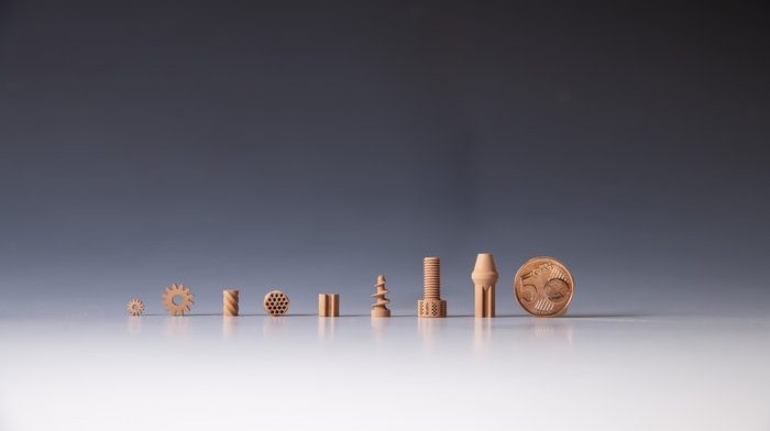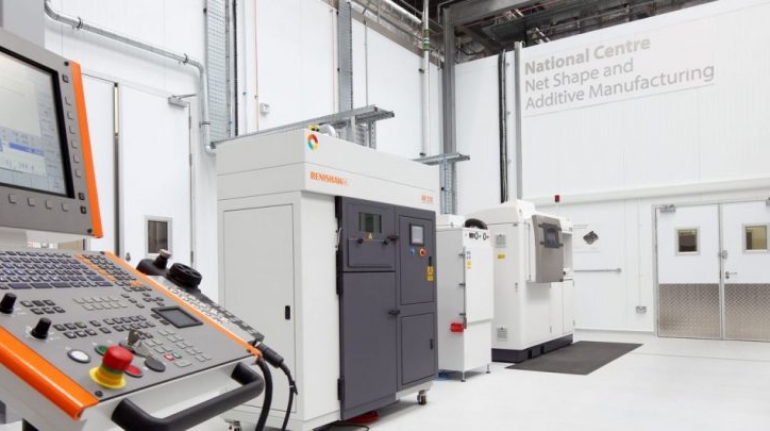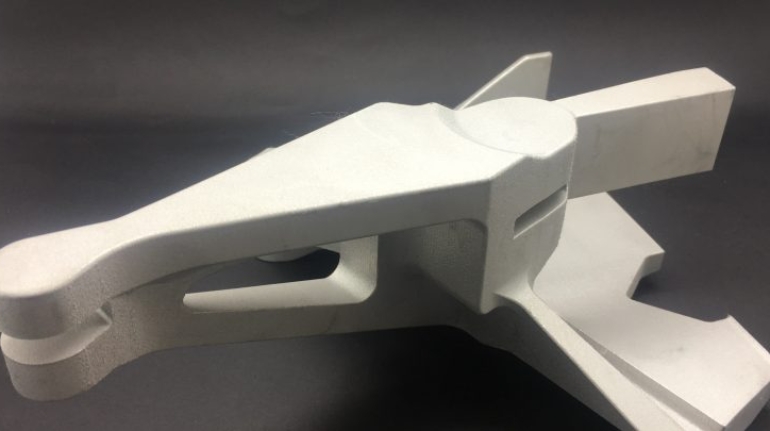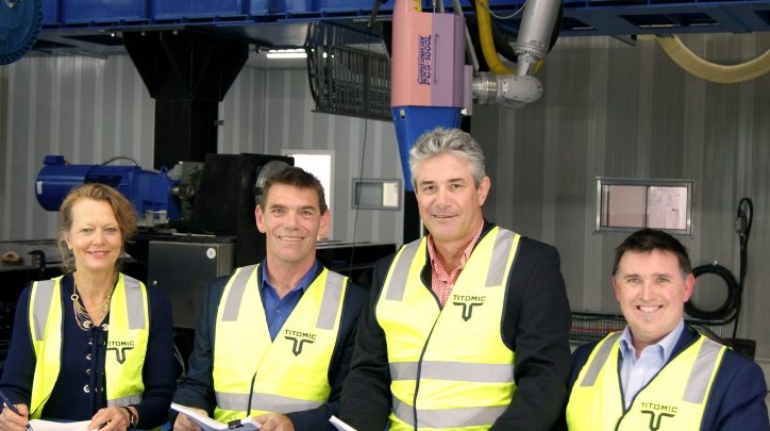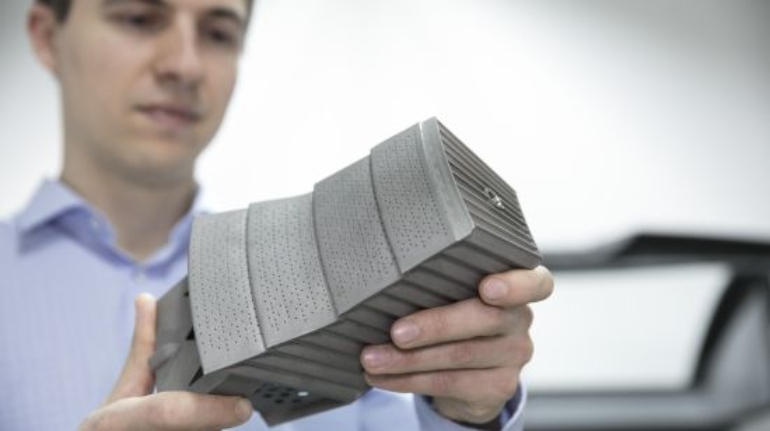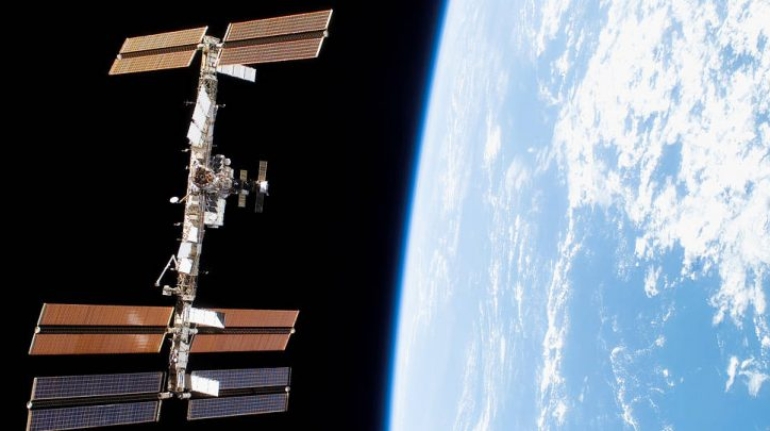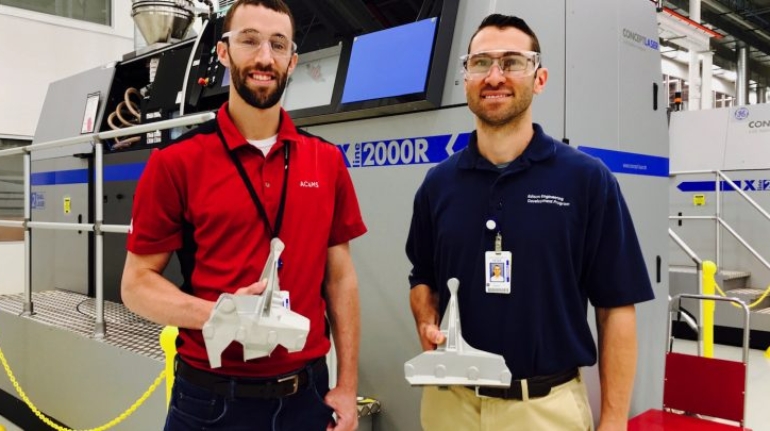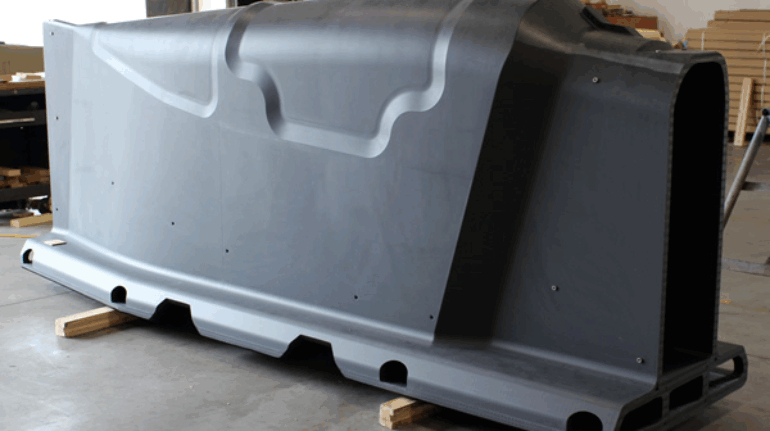ESA teams up with Lithoz to 3D print ceramic parts made from lunar regolith Aerospace
The European Space Agency released details about a series of 3D printed ceramic objects it made using a simulated lunar regolith. The parts, consisting of small gears, screws and other components, demonstrate how 3D printing could one day be used on the moon’s surface, using local materials to print details parts to support a lunar base camp.

